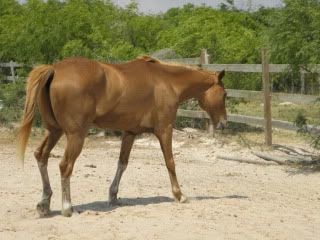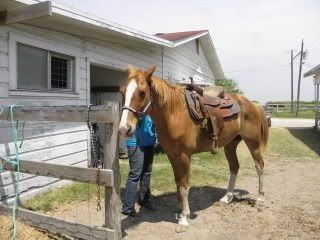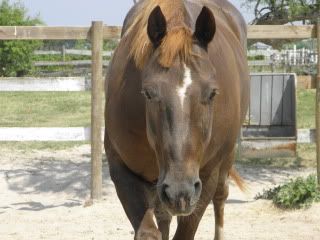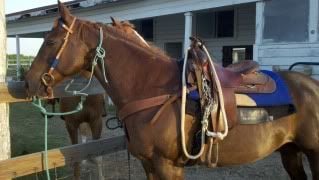I play a game called Sims 3, where we can create horses, own them, breed them, etc. In order to keep the game as realistic as possible, I started browsing for horse details. And I fell in love with the American Quarter Horse, there is nothing flashy about the breed but I don't know why. Anyhow, it was a good learning experience to me. I have learned so much from browsing info about horses, it's ridiculous. I even know the difference between Warmblood and Coldblood, LOL. But I cannot understand the difference between Chestnut and Sorrel. Well, I am a molecular biologist, and no wonder I love this site so much:
http://www.whitehorseproductions.com/equinecolor.html
Thanks for your help guys! Have a good day!!
http://www.whitehorseproductions.com/equinecolor.html
Thanks for your help guys! Have a good day!!
Last edited:







